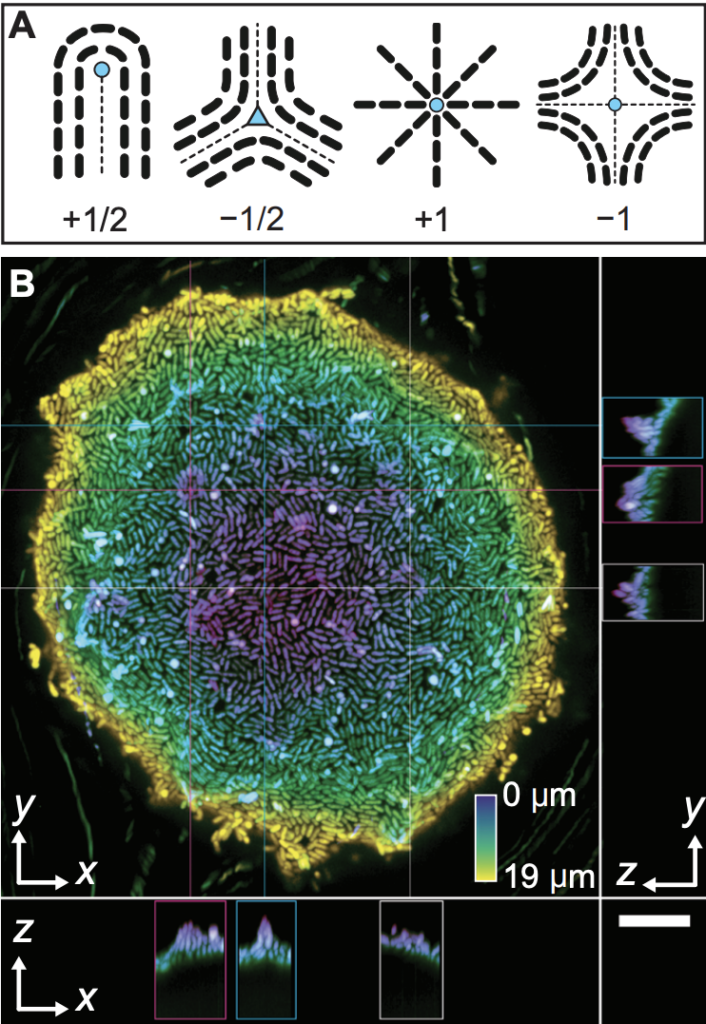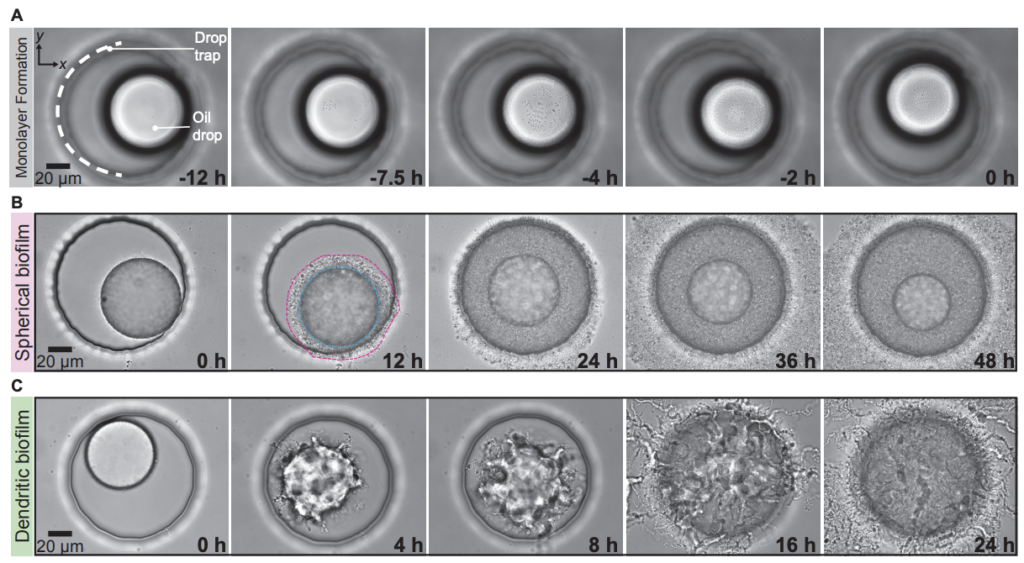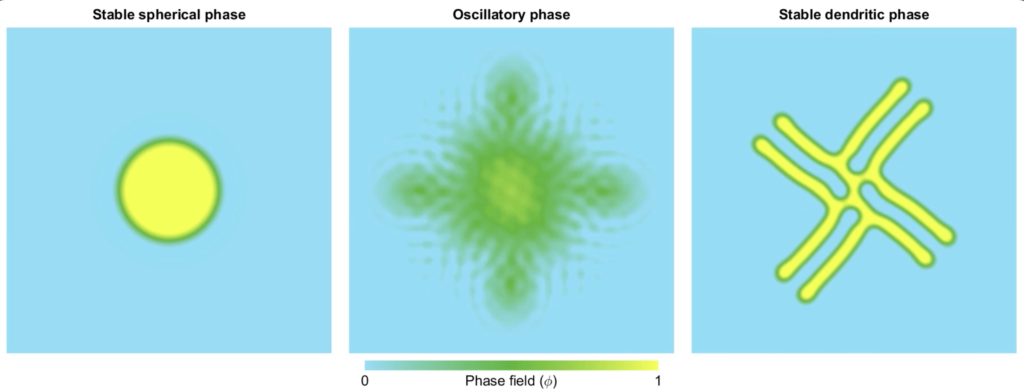From American Association for the Advancement of Science/AAAS 21/08/23
“Oil-eating” Alcanivorax borkumensis bacteria form “dendritic” biofilms that reshape oil droplets to speed up the rate of consumption, researchers report.
The findings reveal how this particular bacterium optimizes oil biodegradation and consumption.
Obligately hydrocarbonoclastic bacteria (OHCB) survive by consuming hydrocarbons as a sole carbon and energy source.
These marine bacteria are known to play an integral role in the bioremediation of spilled petroleum worldwide.

A. borkumensis (or Alca), an aerobic and rod-shaped OHBC that feasts on organic acids and alkanes, bloom during oil spills to exploit the hydrocarbons contained within crude oil.
During the consumption of alkanes, Alca form biofilms around oil droplets.
However, the role biofilm formation plays in the degradation and consumption of hydrocarbons by this bacterium remains unclear.
To address these questions, Manoj Prasad and colleagues developed a microfluidic device that allows the trapping and real-time imaging of bacteria-covered oil droplets, enabling the authors to observe the full dynamics of biofilm development from initial colonization of a surface to the complete consumption of oil droplets.

Prasad et al. discovered a shift in biofilm morphology that depended on adaptations to oil consumption.
In cultures new to oil exposure, Alca forms a thick spherical biofilm that grows outward from the oil, and the oil droplet remained mostly spherical as it was consumed.
However, cultures that had longer exposure to oil formed a thin biofilm with finger-like protrusions the authors call “dendritic” biofilms.
According to the findings, dendritic biofilms alter the oil-water interfacial tension and buckle and reshape the oil droplets as bacterial cells proliferate.
This leads to an increase in the surface area of a droplet, optimizing and accelerating consumption by the ever-growing population of bacteria.

Thus, Alca oil consumption efficiency is not achieved through an increase in their individual ability to metabolize oil but rather by expanding the interfacial properties of the droplet, allowing more Alca cells to feed simultaneously.
“Alca alone cannot degrade the thousands of hydrocarbons in crude oil. This requires a diverse community of microbes, interacting with each other and sometimes competing,” write Terry McGenity and Pierre Laissue in a related Perspective.
“Translating from single-species micro-scale interactions with surfaces to macro-scaled multi-species processes will improve our understanding of the mechanisms that drive biodegradation and transport of oil spilled into the oceans.”



